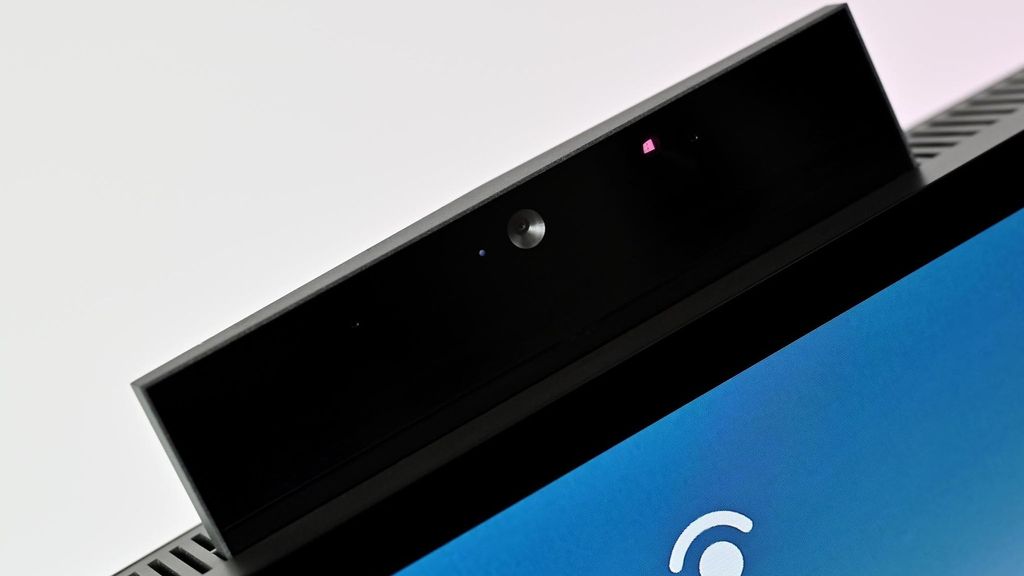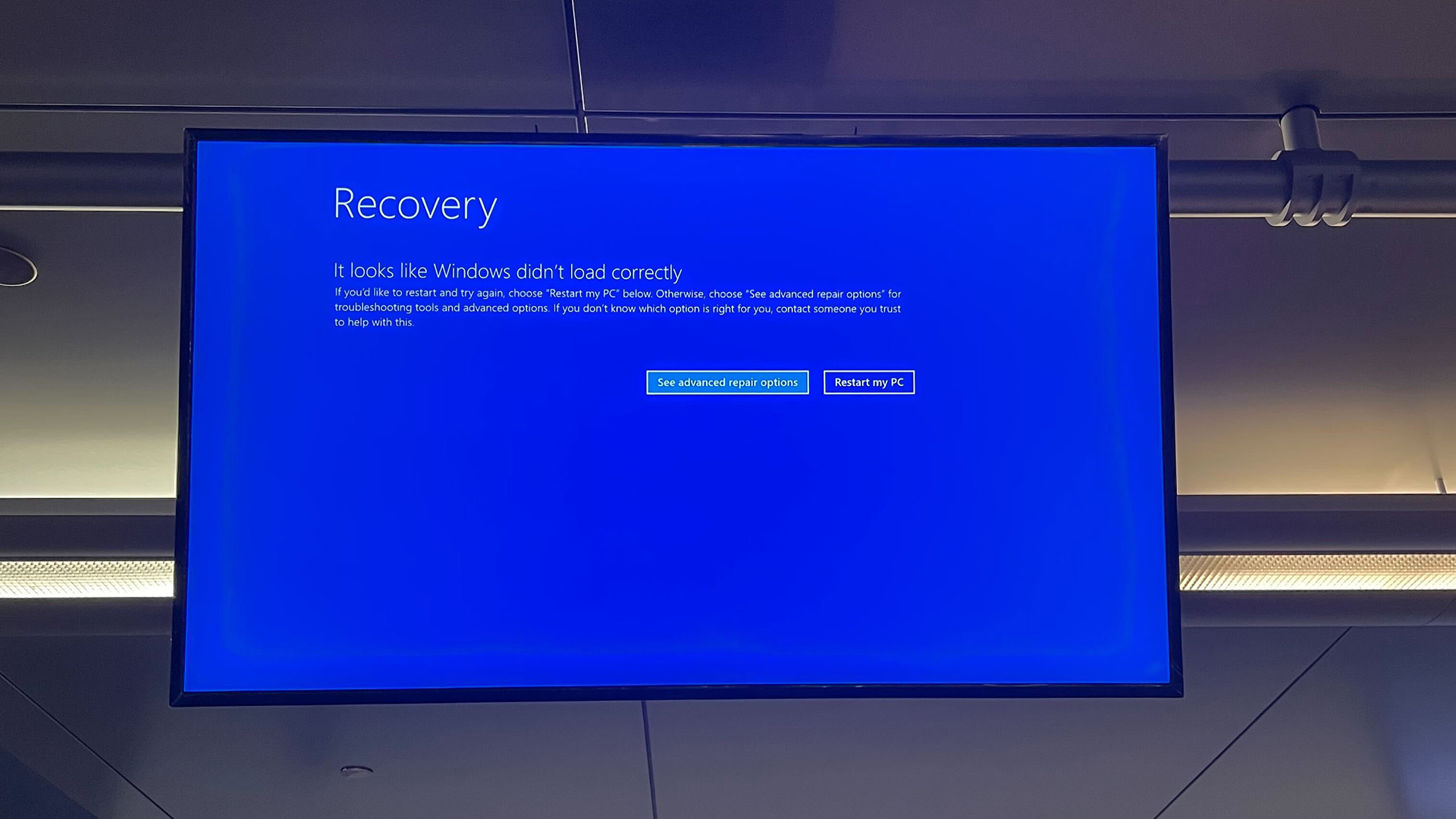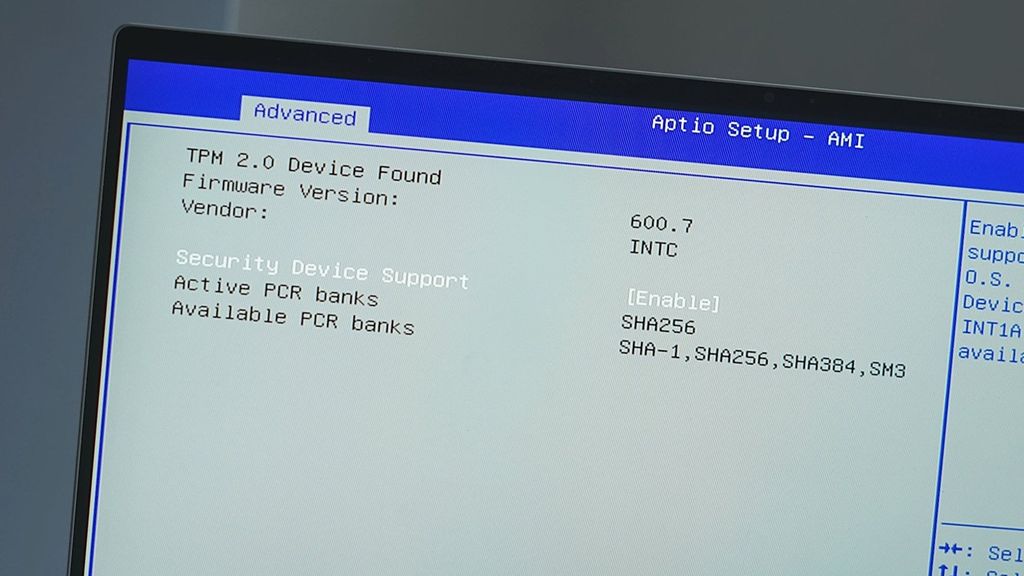Quick Machine Recovery is a new feature for Windows 11 that helps IT admins fix PCs that are unable to boot.
What you need to know
- Microsoft announced several security features at Ignite 2024.
- The tech giant introduced the Windows Resiliency Initiative during the conference, which focuses on strengthening security through enhanced admin privilege controls, improved identity protection, and learning from recent incidents, such as the CrowdStrike disaster that occurred this past July.
- Quick Machine Recovery, one of the key features announced, allows IT admins to execute targeted fixes from Windows Update remotely even if a PC is unable to boot.
Windows has been around in some format for almost four decades and has become ubiquitous in professional environments. With billions of PCs running Windows, systems running the operating system are often the target of attacks. Microsoft invests a massive amount of time and money to help secure systems and provide tools that IT admins can utilize to protect data and devices. During Microsoft's Ignite 2024 conference, the tech giant outlined its efforts to secure Windows 11, explained why systems should be upgraded to the latest version of Windows, and shared details about new security features that are on the way.
The online portion of Microsoft Ignite 2024 runs from November 19 to November 21, so there will be a lot of discussion about Windows, security, and new features that are on the way. However, Microsoft shared summaries and details about the most important updates that will be discussed at the conference.
Quick machine recovery
The headline security feature announced at Ignite 2024 is Quick Machine Recovery. The feature allows IT admins to execute targeted fixes from Windows Update remotely, even if a PC is unable to boot. Remote access is the key, as it reduces the time required to fix bricked PCs.
Many of the new security features announced and highlighted at Ignite 2024, including Quick Machine Recovery, stem from lessons learned from the CrowdStrike incident this past July. Earlier this year, an issue caused one of the largest outages in history, affecting airlines, TV broadcasters, retail spaces, 911 operators, and several other industries. The IT outage was considered catastrophic. Because the Blue Screen of Death (BSOD) appeared on systems, Microsoft received a massive amount of criticism following the incident, even though the issues were not Microsoft's fault, at least directly. Security features such as Quick Machine Recovery should help resolve similar issues in the future, though I'm sure Microsoft would prefer to never see another CrowdStrike-level event.
Quick Machine Recovery will enter testing among Windows Insiders in early 2025.
Admin privileges

Windows Hello authentication is required for the new Administrator protection feature, which allows users to
gain temporary access to the ability to perform tasks that usually require administrator privileges.
(Image credit: Future)
Microsoft discussed "longstanding challenges with Windows security" at Ignite 2024. One of the ongoing issues is overprivileged users and applications being able to harm systems. One reason that administrator privileges are an issue is because organizations have two options: give a user administrator privileges or make someone a standard user. This hard split lacks the nuance that's needed in many workflows.
Limiting administrator privileges is a wise policy since those with admin rights can make registry changes and install applications. However, PCs also require administrator privileges to adjust a time zone. If made a standard user, a person may need to create a ticket for an IT admin to do a basic task like changing a time zone. Microsoft is working to find a balance and is testing a solution to this issue.



3175x175(CURRENT).thumb.jpg.b05acc060982b36f5891ba728e6d953c.jpg)

Recommended Comments
There are no comments to display.
Join the conversation
You can post now and register later. If you have an account, sign in now to post with your account.
Note: Your post will require moderator approval before it will be visible.